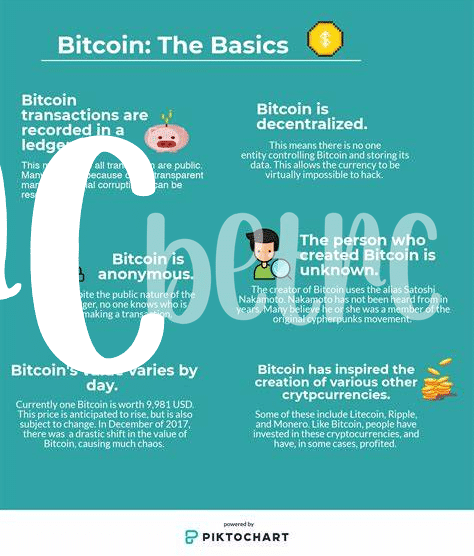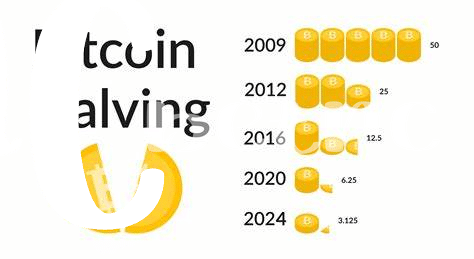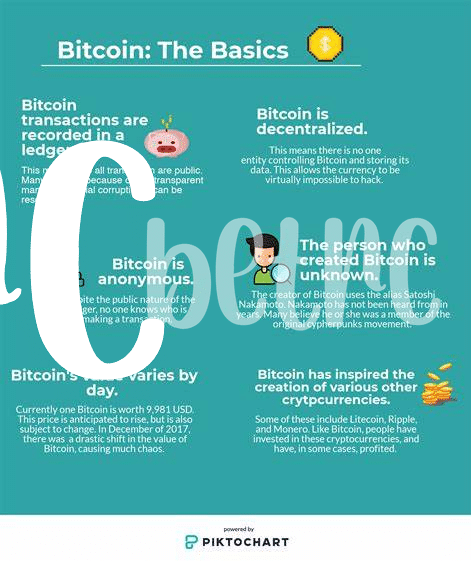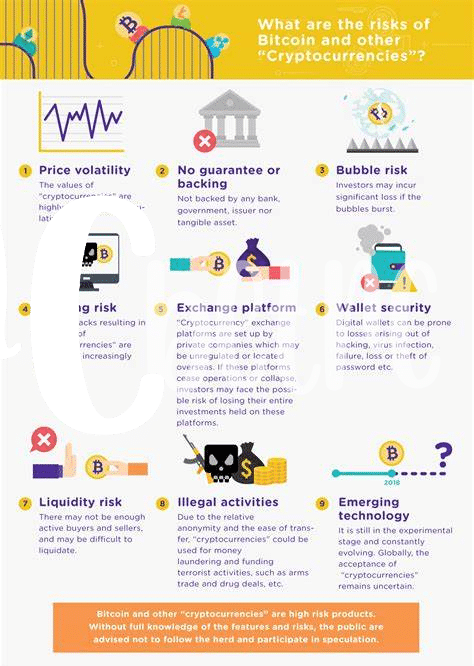😱 Spotting Fake Bitcoin Wallets: Don’t Get Tricked!

In the digital world where Bitcoin has become as precious as gold, there’s a new kind of bandit lurking around: the fake wallet scammer. Picture this: you’re about to store your digital treasure, but instead of a secure vault, you end up handing over your hard-earned coins to a thief disguised as a safekeeper. These scammers are incredibly creative, crafting websites and apps that look just like the real deal but have one purpose – to take what’s yours. To arm yourself against these digital pickpockets, it’s crucial to check reviews and verify the authenticity of a Bitcoin wallet before diving in. Remember, a genuine wallet should feel like a fortress, not a trapdoor.
Here’s a quick table to help you distinguish between real and fake wallets:
| Feature | Real Wallets | Fake Wallets |
|---|---|---|
| Security Measures | Two-factor authentication, backup options | Lack of security, no backup |
| Reviews | Positive feedback from credible sources | Negative reviews or none at all |
| Website | Secure (HTTPS) and official domain | Unsecure websites, suspicious URLs |
By keeping these points in mind, you can shield yourself from the modern-day highwaymen of the Bitcoin world, ensuring your digital gold stays safe and sound.
🕵️♂️ the Rise of Sophisticated Phishing Attacks in Bitcoin
In the shadowy corners of the internet, swindlers have sharpened their tools, preying on Bitcoin enthusiasts with increasingly cunning tricks. Imagine you receive an email or a message that looks exactly like it’s from a trusted source, say, your Bitcoin wallet provider. It asks you to click a link to resolve an issue or secure your bitcoins. But here’s the twist: it’s all a mirage, a fake designed to lure you into handing over access to your digital treasure trove. These phishing schemes have evolved, using realistic emails, websites, and messages that can fool even the savviest of users. It’s a high-stakes game of digital cat and mouse, where checking, double-checking, and staying ever vigilant is your best defense. For those venturing into the Bitcoin ecosystem for the first time or looking to deepen their understanding, diving intohttps://wikicrypto.news/exploring-bitcoin-a-beginners-guide-to-digital-currency could be a wise first step in arming oneself against these digital deceptions.
💻 Beware the Bitcoin Ponzi: Identifying Fraudulent Schemes

Imagine someone promised you a magic bean that could double in size overnight. Sounds exciting, right? But what if, to grow your bean, you had to give it to them, along with beans from your friends? And what if, instead of growing, your beans just shuffled around, with the earliest beans getting bits from the new ones? Well, that’s a bit like a Ponzi scheme, but in the Bitcoin world, it’s wrapped in digital glitter. Scammers lure you in with promises of high returns on your investment, but really, they’re just paying old investors with the money from new ones. It keeps going until there are no more new investors, and the scheme collapses, leaving most people out of pocket.
🔍 Spotting these schemes isn’t always easy, but there are signs. If a Bitcoin offer sounds too good to be true, it probably is. Watch out for guarantees of big profits with no risk or pressure to invest quickly. These are red flags 🚩. Always do your homework before investing; a legitimate Bitcoin investment won’t need flashy promises to attract investors. Remember, in the world of Bitcoin investing, slow and steady wins the race. Don’t let the glitter of seemingly fast gains blind you to the realities of these fraudulent schemes.
🚀 Too Good to Be True? Avoiding Investment Scams

In the buzzing world of Bitcoin, where the dreams of overnight wealth flutter through the air like elusive butterflies, it’s crucial to keep our feet firmly on the ground. The landscape is rife with stories that seem too wonderful to be anything but fairy tales. Picture this: Someone offers you an investment opportunity promising returns that sound like they’re straight out of a fantasy novel. But here’s the catch – if it sounds too good to be true, it probably is. These investment scams lure you in with the promise of sky-high profits with virtually no risk, a scenario as rare as finding a unicorn in your backyard. Remember, in the real world, high returns come with high risks. It’s essential to do your homework before diving headfirst into any investment. A great starting point for anyone looking to understand the nitty-gritty of Bitcoin, from its inception to practical advice on navigating its waters, is by educating oneself on the fundamentals, such as how to mine bitcoin in 2024. Staying informed and skeptical of ‘too good to be true’ offers can be your armor in dodging the arrows of scammers looking to snatch away your hard-earned money. Let’s pledge to be vigilant, ask questions, and not let the glitter of gold blind us to the realities of investing in digital currencies.
🛑 Stopping Social Media Scammers in Their Tracks
Social media platforms have become a hotbed for scammers looking to take advantage of Bitcoin enthusiasts. These tricksters create elaborate plots, using fake profiles or hacking into real ones, to appear trustworthy. They often promise quick returns on Bitcoin investments or claim to have a surefire way to “mine” Bitcoin effortlessly. The key to keeping them at bay? Always double-check sources and never share your personal information or send money based on social media interactions alone. A robust strategy involves scrutinizing profiles for authenticity, being wary of too-good-to-be-true offers, and never clicking on suspicious links that may lead to phishing websites. Here are some tell-tale signs to help you identify and steer clear of these social media shenanigans:
| Sign | What to Watch Out For |
|---|---|
| 🔍 Profile Verification | Lack of a verification checkmark on platforms where it’s common. |
| 📅 Account Age | Newly created accounts reaching out with offers. |
| 👥 Followers vs. Following | Disproportionately low number of followers compared to the number of accounts they’re following. |
| 🖼 Profile and Cover Photos | Generic or stock images, and a lack of personal or consistent content. |
| 📝 Posting History | Very few posts, which are often unrelated or overly promotional. |
By keeping these indicators in mind, you can better protect yourself against the craftiness of social media scammers, ensuring your Bitcoin journey is both safe and rewarding.
📱 Sms and App Scams: the New Frontier

In the digital age, scammers have found a new playground with the rising popularity of smartphones. Imagine receiving a simple text or downloading an app that promises you easy access to Bitcoin earnings or investments. Sounds convenient, right? 🤳💸 But here’s where caution is key. These seemingly harmless messages and applications can be wolves in sheep’s clothing, designed to swipe your digital currency without a trace. This tactic is growing more common, taking advantage of our trust in mobile communications and app stores. The promise of quick profits or alarming messages urging immediate action can tempt even the savviest of us. It’s crucial to double-check the sources of any financial advice or opportunities that come our way through our phones. Remember, if an offer via SMS or an app seems too good to be true, it probably is. Taking a step back and doing a bit of research can save us from falling victim to these modern-day tricksters. For those new to the Bitcoin scene, understanding its workings can be a great first step in safeguarding your digital wallet. A helpful start would be to check out when was bitcoin created for beginners, offering a solid foundation on Bitcoin basics and how to navigate its uses securely.
